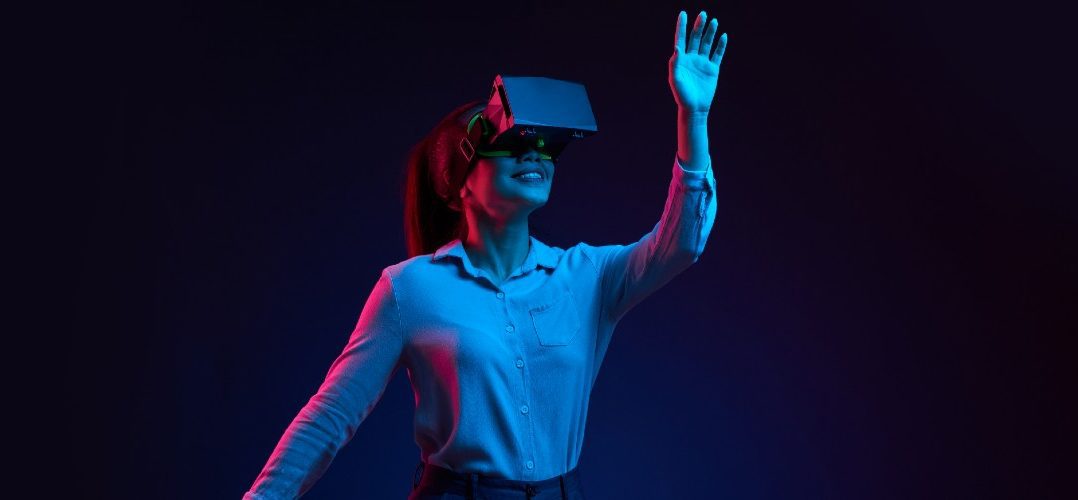This is the second in a series of posts from leading VR and AR influencers in the run-up to MIPTV 2017. The posts are coordinated by VAST MEDIA, a Berlin-based media consultancy. Danny Keens is Vice President of Content at NextVR.
MIPBlog: Could you please introduce yourself and tell us what brought you into the VR/AR/immersive space?
Danny Keens: Before joining NextVR, I’d spent my entire career in storytelling across news, current affairs, sports & entertainment in the broadcast TV business.
I was attracted to VR because it has the capacity to meet the storytelling demands of audiences like no other medium in history. The opportunity to be at the forefront of this new industry is both exciting and ever so daunting. I’ve never been more inspired by the possibilities for storytelling.
> What are the biggest challenges VR producers and content creators are currently facing?
VR is an unforgiving medium, because you have the audience’s attention 100% of the time. There is no multitasking, and there is little room for error, because seconds can feel like hours. It’s easy for the audience to become disengaged. This poses challenges in a world where people are used to consuming bite-sized, snackable content.
> How easy or difficult is it currently to sell immersive content? Do VR/AR entertainment companies have dedicated buyers yet?
VR, at its core, is about harvesting human attention. And we’ve found that selling VR experiences has been relatively easy if you have good premium content. Audiences have been paying for content for decades – books, magazines, newspapers, music, movies & television. VR is no different. It just has to be compelling content and deliver on the promise of the technology.
> Could you share some of the key learnings from your own VR projects?
Don’t make people work too hard to follow a story or narrative. Most people don’t want to work too hard but rather just sit back and be told a great story. The principals of great storytelling have not changed for centuries. There is no need to reinvent the wheel. For example, simply because you can put something behind someone in a 360 VR environment doesn’t mean you should. The true promise of VR is not what is behind people, rather the sense of presence and immersion. There are many ways to create that.
> What are the three most impressive VR/AR/immersive productions you have seen recently and why?
- Live NBA Games – NextVR: OK, this is our own project, but our objective at NextVR is to bring audiences closer to the action than ever. During the game, fans will feel inches from the action as they witness highlights and slow motion replays in 3D VR. All the game action comes from multiple vantage points. In total, sixteen cameras capture the game action allowing viewers to be teleported courtside and into the game action like never before.
- Mr Robot Experience: This VR experience is the real deal. It’s actually true VR storytelling and really does push the audience into territory that television would never allow. However, to really understand just how compelling this content is you really have to be a fan of the show already and emotionally connected with its characters. That said, there are some really brilliant techniques used and it’s these pieces of content that truly reinforce for everyone the reason why VR is a total game changer.
- Evolution of Verse: This is an old one, but a good one and one of my “Go To” pieces when introducing people to VR for the first time. It succeeds because of its ability to make you feel and it’s not in a traditional Hollywood way but in a really new way – something only VR can do. If you want to show someone the potential of VR, this is the one!
> Some may fear VR is the new 3D, i.e. that it will never catch on for widespread domestic use. Why do you think it’s here to stay?
I struggle with this question because I get it a lot. Anyone who has experienced true, fully immersive 3D VR has never thought twice about the transformational power of the technology. Unfortunately, most people have not experienced true VR, rather simply 360 videos in a VR headset. Although flat, 360 video and photos play in some VR head-mounted displays, that content should (for the most part) never really make its way there. It’s a terrible experience and doesn’t speak to the power of VR. Ultimately, when you have experienced true VR, you understand we’re not talking incremental change, it’s more a transformational change to the way stories are told and consumed.
Find out more about MIPTV 2017’s unprecedented focus on VR & immersive content here.
Top Image: Getty Images – DragonImages




